Vestil OLF-4 Manual
Læs gratis den danske manual til Vestil OLF-4 (7 sider) i kategorien Ikke kategoriseret. Denne vejledning er vurderet som hjælpsom af 7 personer og har en gennemsnitlig bedømmelse på 4.7 stjerner ud af 4 anmeldelser.
Har du et spørgsmål om Vestil OLF-4, eller vil du spørge andre brugere om produktet?

Produkt Specifikationer
| Mærke: | Vestil |
| Kategori: | Ikke kategoriseret |
| Model: | OLF-4 |
Har du brug for hjælp?
Hvis du har brug for hjælp til Vestil OLF-4 stil et spørgsmål nedenfor, og andre brugere vil svare dig
Ikke kategoriseret Vestil Manualer
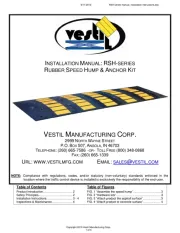
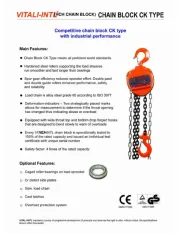
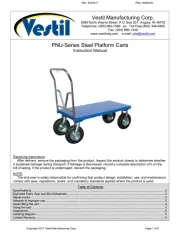
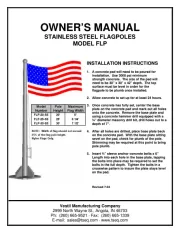
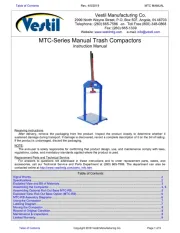
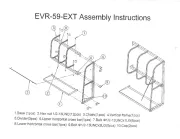
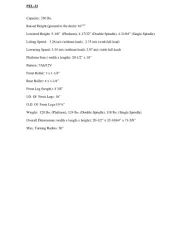
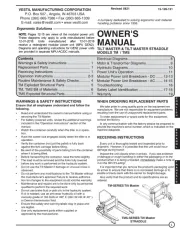
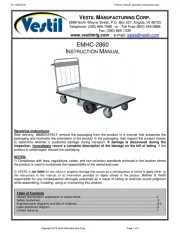
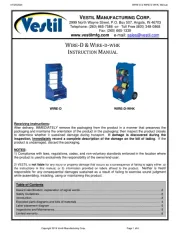
Ikke kategoriseret Manualer
- Life On Products
- Nexxt
- I.R.I.S.
- MIYO
- Skan Holz
- ColorKey
- Proaim
- Cylinda
- EnerGenie
- Trio Lighting
- Storcube
- HPI Racing
- Dremel
- EWT
- ACME
Nyeste Ikke kategoriseret Manualer









